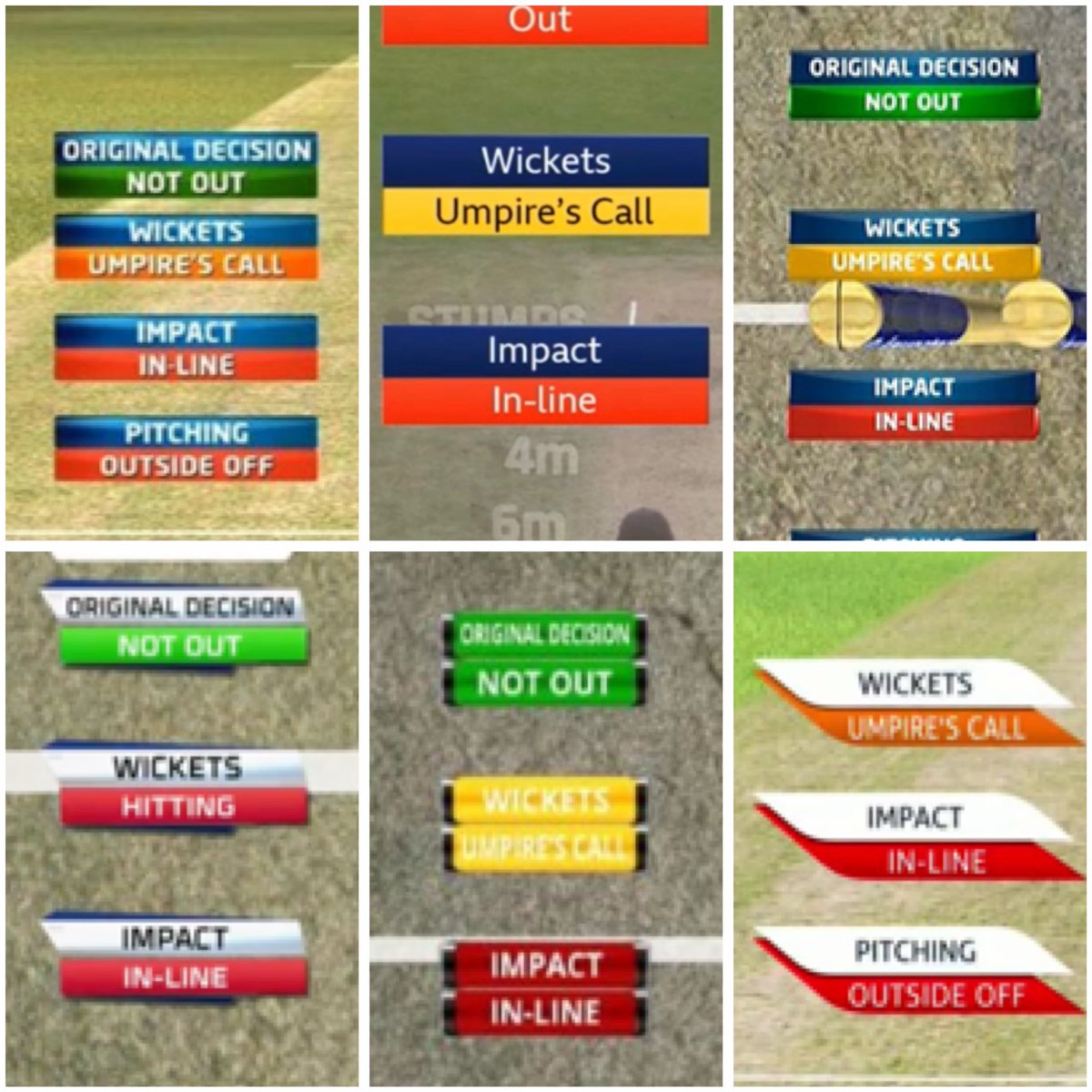The often daft and almost arbitrary game of cricket isn't exactly helped by the fact that so many of its terms are equally daft and almost arbitrary. Indeed unless one was born in a Commonwealth country, it is likely that the game will appear as incomprehensible as nuclear chemistry, calculus and/or complex mathematics, astrophysics, or trying to work out what kale is for.
Among many conundrums is the question of what the castle made of three stumps with two bails as lintels at either end of a cricket pitch is called. That might sound like an easy enough question to answer but when the word 'wicket' has multiple meanings, what we think is an easy question to answer turns out to be somewhat more complicated and difficult.
The Iceland Cricket Association stated on Twitter that:
https://twitter.com/icelandcricket/status/1292116369035730946
Thanks for your help. So we have a new pet hate. DRS captions ask whether the ball is hitting the “wickets”. The correct word is “wicket”. It’s amazing that such an error could have gone unnoticed for so many years.
- @icelandcricket, via Twitter, 9th Aug 2020.
The question that I always have whenever someone makes an assertion like this is 'is it true?'. The truth doesn't care about what you think it is but sits there like three stumps in the ground until someone comes along and knocks them over.
Cricket is a game of laws. Unlike most legislation where the meanings of words is up for debate, the words in the laws of cricket are not. Unless there is an appeal through the Privy Council for an interpretation on the Laws of Cricket, they remain very much intact.
https://www.lords.org/mcc/the-laws-of-cricket/the-wickets
Law 8 - The Wickets
8.1 Description, width and pitching
Two sets of wickets shall be pitched opposite and parallel to each other in the centres of the bowling creases. Each set shall be 9 in/22.86 cm wide and shall consist of three wooden stumps with two wooden bails on top.
- as at 31st Dec 2020.
When you refer to a wicket being down, that is a different thing to the set of wickets at either end of the pitch. In every instance throughout the laws, when they mean the little wooden things at either end of the pitch, they are always plural. The logical question is now why the law is using a plural form of the word here. If you are referring to a 'set of wickets' then that is openly stating that there is more than one of them.
What then, is a wicket and why are there more than one?
One of the helpful things to remember when reading law is that words generally have the normal definition as found in a commonly accessible dictionary. Since the Oxford English Dictionary is also going to include the definition as used in cricket and the law can only be interpreted through the normal definition as found in a dictionary, this presents something of a bootstrap paradox. Thankfully though, we aren't being bowled a Yorker here, as the Oxford English Dictionary also provides the common definition for a 'wicket'.
Wicket. n. - "a small door or gate, esp one that is near to or part of a larger one."
- OED3
The word "Wicket" is probably from the Old Northern French "wiket" and/or Old Norse "vikja" to move. That lead me to go hunting further. The word "hliðið" in íslenska might have the same Proto-Germanic/Norse origin.
Those wooden things at each end of the pitch, has not one but two doors/gates each. This is where half of a history lesson is in order.
Cricket is generally assumed to be a game which was invented by shepherds and literally played in fields. That in principle explains a whole bunch of things including why there might be wickets in the middle of fields and why the game takes so long to play. The former might be explained by small fences going across the fields and shepherds using what they found as the material from which they invented their game; the latter explains why it requires such extraordinary amounts of patience. I suppose that if your job involves standing around in a field all day long, then you will have built up a very different relationships with time than those of us in a post-industrial mechanised world where time is described by clocks. If time only has the notional ideas of 'morning tea', 'lunch' and 'afternoon tea', then you're likely to invent a game which also has a glimpse into the patience which extends for hours.
One of the consequences of having so much time to play with, is that cricket is the game with the richest and deepest set of statistics of all sports.
The game used to only have one wicket at either end of the pitch but we know that in a match on 22–23 May 1775, "Lumpy" Stevens of Surrey beat the Hambledon batsman John Small three times with the ball going through the hole in the centre of the two stump wicket of the day. As a result of his protests, the patrons agreed that a third stump should be added.
A third stump creates not two gates but four gates in total. The DRS captions ask whether the ball is hitting the “wickets” plural because there is not one wicket but two wickets at either end of a cricket pitch.


No comments:
Post a Comment